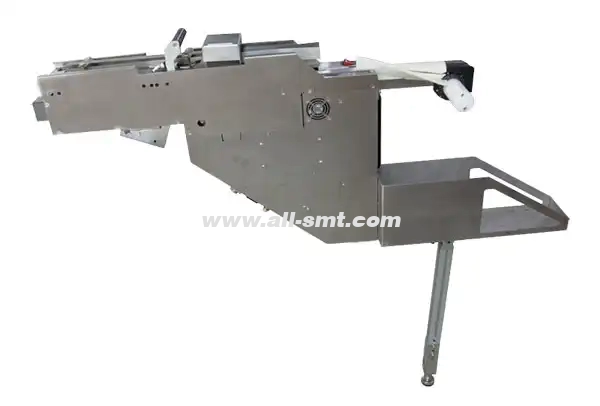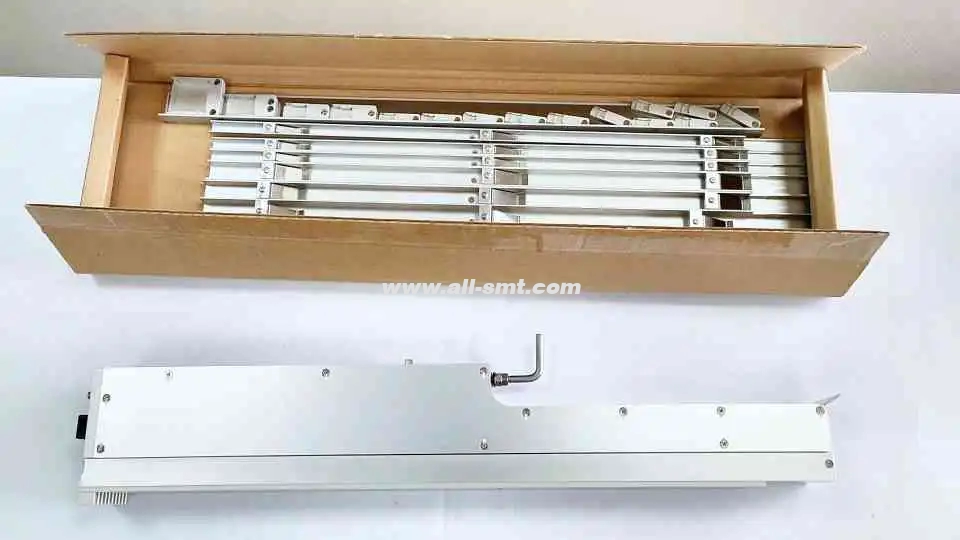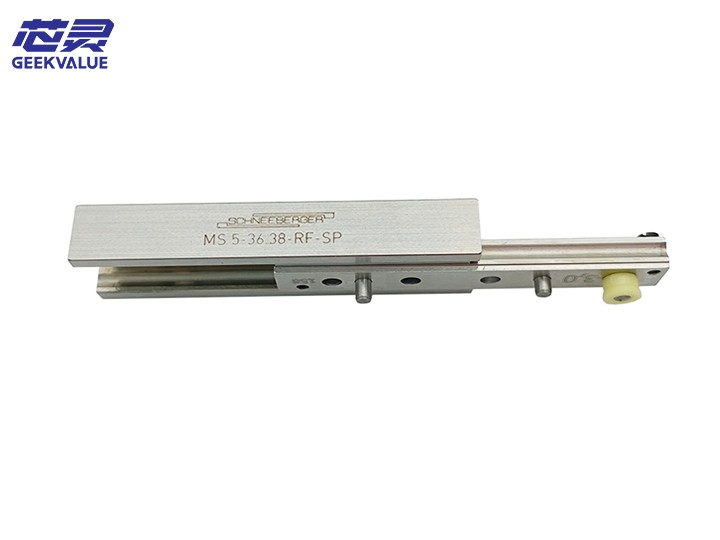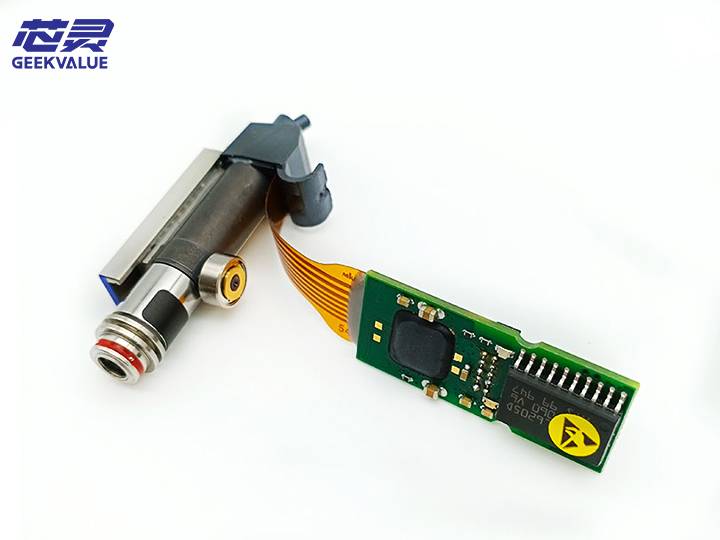Surface-Mount Technology (SMT) feeders play a crucial role in modern electronic manufacturing, ensuring that the correct components are delivered accurately to the pick-and-place machines. Siemens, a leader in industrial automation, offers a variety of high-quality SMT feeders, each designed to meet specific production needs. Whether you are new to SMT assembly or have experience with Siemens equipment, this guide will provide essential information on the features, operation, and troubleshooting of Siemens SMT feeders.
What Is an SMT Feeder?
An SMT feeder is a device that holds and supplies surface-mount components (such as resistors, capacitors, or ICs) to a pick-and-place machine. It ensures precise and continuous delivery of components to the machine’s placement head. SMT feeders can be mechanical or electronic, and they typically consist of a reel or tray to hold components, along with a motor-driven mechanism to feed them in a controlled and accurate manner.
Siemens SMT feeders are known for their precision, speed, and ease of use. Their adaptability and high performance make them a staple in many assembly lines around the world.
Types of Siemens SMT Feeders
Siemens offers a variety of SMT feeders, including:
Standard Feeders: These are the most common type, suitable for a range of components. They offer reliable performance and are used in various production settings.
Nozzle Feeders: These feeders are designed for components that require specialized handling, such as small or odd-shaped parts. They ensure proper orientation and placement of these components.
High-Speed Feeders: As the name suggests, these feeders are designed for high-speed pick-and-place machines. They can load components at a faster rate and are typically used in high-volume manufacturing environments.
Flex Feeders: These are highly flexible feeders capable of handling a wide range of components with varying sizes. Their ability to adapt to different component types makes them ideal for flexible production lines.

Key Features of Siemens SMT Feeders
Precision Feeding Mechanism
Siemens SMT feeders are equipped with advanced motors and control systems that allow them to deliver components with pinpoint accuracy. This minimizes the risk of misplacement and ensures that each component is picked up and placed in the correct location.
High Capacity
These feeders are designed to hold large reels of components, reducing the need for frequent changes during production. This enhances productivity and reduces downtime.
Ease of Setup and Maintenance
Siemens feeders are user-friendly and easy to set up. Their design includes intuitive features that simplify loading and unloading of components. Additionally, maintenance is straightforward, with easily replaceable parts and clear instructions for keeping the feeder in top condition.
Smart Monitoring System
Siemens feeders come equipped with sensors and monitoring systems that track the status of the feeder in real-time. This provides operators with up-to-date information on component availability, enabling quick action when components are running low or there is a jam.
Compatibility
Siemens SMT feeders are highly compatible with various pick-and-place machines, especially those in the Siemens series like the Siplace systems. This ensures seamless integration into existing production lines.
How to Use Siemens SMT Feeders
Using Siemens SMT feeders is simple, but it’s essential to follow the correct procedures to ensure smooth and efficient operation. Here are the general steps for using a Siemens SMT feeder:
Step 1: Prepare the Feeder
Unbox and Inspect: Before using the feeder, unbox it carefully and inspect for any visible damage or missing components. Check that all parts are intact and functional.
Install the Feeder: Mount the feeder onto the machine’s feeder holder. Follow the manufacturer's instructions for proper installation, making sure the feeder is securely attached and aligned.
Step 2: Load the Components
Load the Component Reel: Place the component reel or tray onto the feeder. For standard feeders, this involves placing a reel of components onto the feeding mechanism. Ensure the reel is positioned correctly, as improper loading may cause feeding issues.
Set the Component Settings: Input the relevant component information into the machine’s software. This includes specifying the component size, type, and other parameters that will help the machine place the components accurately.
Step 3: Calibrate the Feeder
Feeder Calibration: Calibration ensures that the feeder delivers components to the pick-and-place machine accurately. Siemens SMT feeders usually have an automatic calibration function. Follow the on-screen instructions to perform the calibration, making adjustments if needed.
Step 4: Start the Production Run
Monitor the Feed Process: Once everything is set up and calibrated, start the production run. Keep an eye on the feeder’s status and monitor the production process to ensure smooth feeding and component placement.
Feed Component Checks: Regularly check that the components are being delivered correctly. If any issues arise (such as a component jam or incorrect placement), stop the machine immediately and troubleshoot.
Step 5: Change or Refill the Components
Refill When Necessary: As the reel runs out, it’s time to replace or refill the component supply. Siemens SMT feeders often come with sensors to alert operators when a reel is running low, minimizing production downtime.
Clean the Feeder: After each production run, it’s a good idea to clean the feeder to ensure long-term reliability. Remove any dust or debris, especially from the feeding mechanism, to keep it working at optimal performance.

Troubleshooting Siemens SMT Feeders
Even the best machines can encounter problems from time to time. If you notice any issues with your Siemens SMT feeder, here are some common problems and their solutions:
Component Jamming
Cause: Components can get stuck in the feeder, causing a jam.
Solution: Inspect the feeder for blockages or damaged parts. Clear any jams and check that the component reel is aligned properly.
Feeding Inaccuracy
Cause: Incorrect component settings or calibration issues can cause components to be fed inaccurately.
Solution: Recalibrate the feeder and verify that the correct component settings are entered into the system.
Component Running Out Too Quickly
Cause: The component reel may be too small, or the feeder’s component sensing system may not be working properly.
Solution: Refill the component reel or check the sensors for any faults.
Feeder Not Feeding at All
Cause: A mechanical issue, misalignment, or power issue could prevent the feeder from working.
Solution: Turn off the machine, check for mechanical damage, and ensure that the feeder is properly connected to the power supply.
Siemens SMT feeders are a crucial part of modern electronic manufacturing, providing efficient and accurate component delivery. Understanding how to use and troubleshoot these feeders is essential for maintaining a smooth production process. By following the steps outlined in this guide, you can ensure that your Siemens SMT feeder operates at peak performance, helping you achieve higher efficiency and productivity in your SMT assembly line.
Remember that regular maintenance and careful attention to setup and calibration can help prevent many common problems, ensuring your production runs smoothly and uninterrupted. If problems persist, feel free to consult your user manual or contact us for professional assistance.






